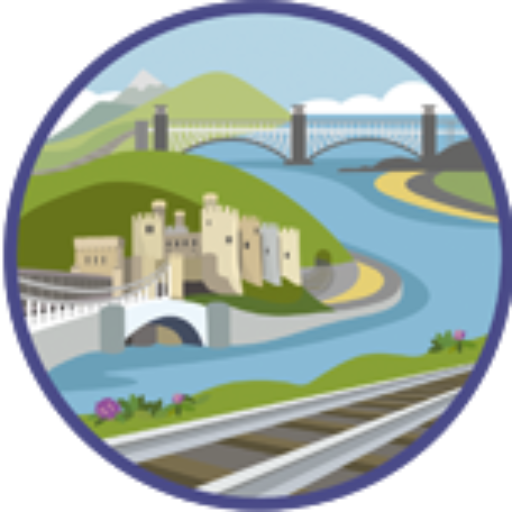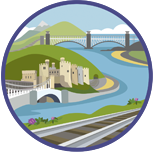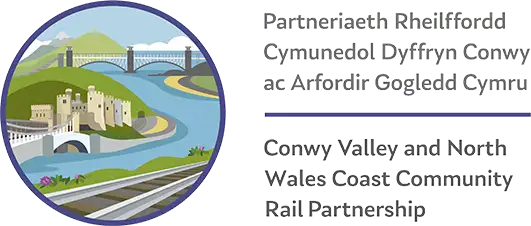Celebrate St David’s Day the Welsh Way!
Wales is a country that clings tightly to its culture and traditions. It’s a country rich with history, myths and legends, and music, literature and poetry. Yes, many nations have as rich a cultural heritage as Wales but for us Welsh, it holds a particularly special place in our hearts.
Embedded within the Welsh psyche is the concept of ‘hiraeth,’ a word that transcends direct translation but evokes a profound sense of love and longing for our homeland, its past and present. This deep-rooted connection to our culture and land is perhaps why we, as a people, are so passionate about celebrating and sharing our traditions. It allows us to reconnect with the Wales of our ancestors and our own youth, bringing it vividly back into our hearts.
‘Dydd gwyl Dewi Sant hapus’
As we approach ‘Dydd Gŵyl Dewi Sant’ or St David’s Day, our sense of national pride and cultural identity becomes even more pronounced. Celebrated on the 1st of March, this day is dedicated to St David, the patron saint of Wales. David was a 6th-century bishop believed to be a descendant of Ceredigion royalty. He is commemorated for his role in spreading Christianity across Wales and revered for his dedication to education and kindness to others.
David is credited with establishing Christianity in Wales and is associated with learning and kindness to others. On St David’s Day school children are encouraged to mimic David’s kindness by doing their own small acts, such as helping wash the dishes or tidying their rooms.
Like all good saints, David made more than his fair share of miracles. One of the best-known happened at Llandewi Brefi in mid-Wales, when a small hill rose on the spot he was preaching – as if Wales needed more hills!
Another, more gruesome, is the miracle of the corpse-candles. David prayed that his people would have forewarning of their death so they could prepare for the afterlife and God granted his wish. The people of Wales ‘would be forewarned by the dim light of mysterious tapers when and where the death might be expected.’ Legend has it, a corpse candle – a glowing light or ball of flame – appears close to the home of the soon-to-be-deceased.
Today, towns, villages and schools across Wales celebrate St David’s Day with parades in traditional costume and the wearing of Wales’ national emblems: the daffodil (for women) and the leek (for men).
In the spirit of St David’s Day, let’s explore some of the most cherished Welsh traditions that define our national identity to this very day:
Love spoons, ‘llwy caru’
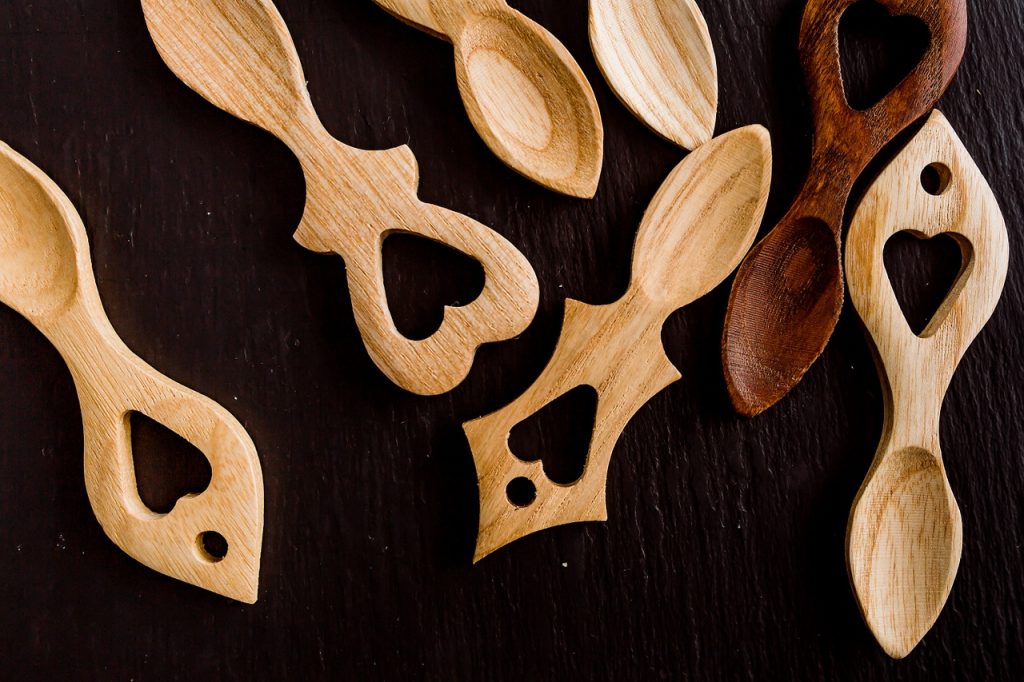
An iconic Welsh symbol, these are wooden spoons with intricate designs carved into them. The designs all have special meanings and are meant to convey a message to the recipient.
Traditionally, love spoons were carved by young men and presented to the women they loved as a token of affection. The wooden spoons also signified that they were skilled and capable with their hands, in other words, good husband material!
Different carvings have different meanings – bells are a symbol of weddings and anniversaries, crosses show faith, hearts show love, and so on. Today, a love spoon is a popular souvenir purchased by visitors to Wales. They are lovely items to touch, hold and look at and make great additions to the home!
Where to buy: you’ll find love spoons in most souvenir shops across Wales but we love the Craftcentre Cymru store in Betws-y-Coed for a wide selection of great quality Welsh souvenirs and handmade, artisanal goods. From love spoons to homemade sweets, to local guide books and clothing, Craftcentre Cymru is a great choice to source a fitting memento of your trip to Wales.
Red dragon, ‘y draig goch’
The national flag we associate with Wales wasn’t officially unrolled until 1959.
The dragon came about because of an Arthurian legend – Merlin had a vision of a red dragon (the Welsh) fighting with a white dragon (the Saxons). Naturally, the red dragon triumphed and banished the invaders from our land.
The green and white of the flag are a reference to the House of Tudor, 15th century Welsh nobility whose descendants went on to become the rulers of England – yes, Henry VIII had Welsh ancestors!
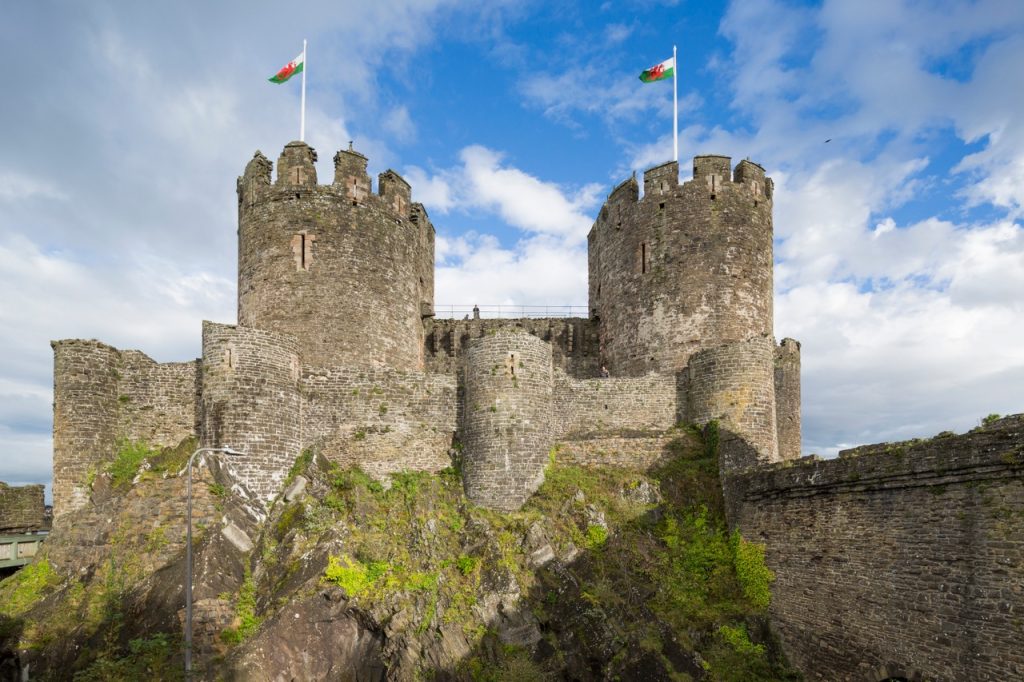
Where to see: what’s better than to see the Welsh dragon flying high? Over the walls of 13th century Conwy Castle, the Y Draig Goch can be seen flying proudly all year round. Take the train to Llandudno Junction and stroll across the bridge to Conwy, a lovely walk with stunning views, or catch the train into the heart of medieval Conwy and soak up the historic atmosphere. Conwy castle and its town walls are a UNESCO World Heritage site and we think the town is a must-do day out for any visitor to North Wales.
Leeks, ‘cennyn’, and daffodils, ‘cenhinen pedr’
The link between leeks and Wales is a little bit obscure, and no one is exactly sure how they came to be our emblem. The most common explanation is that, in the days before uniforms, Welsh soldiers would wear a leek to distinguish them from their enemies on the battlefield.
There is evidence that Cadwaladr, 7th century king of Gwynedd, ordered his men to wear a leek in battle and Shakespeare makes reference to it in his play Henry V:
“the Welshmen did good service in a
garden where leeks did grow, wearing leeks in their
Monmouth caps; which, your majesty know, to this
hour is an honourable badge of the service; and I do
believe your majesty takes no scorn to wear the leek
upon Saint Tavy’s day.“
How daffodils came to be a symbol of Wales is even more odd. It’s possibly because the Welsh word for leek, cennyn, and the Welsh word for daffodil, cenhinen pedr, are very similar and somewhere along the line someone got confused!
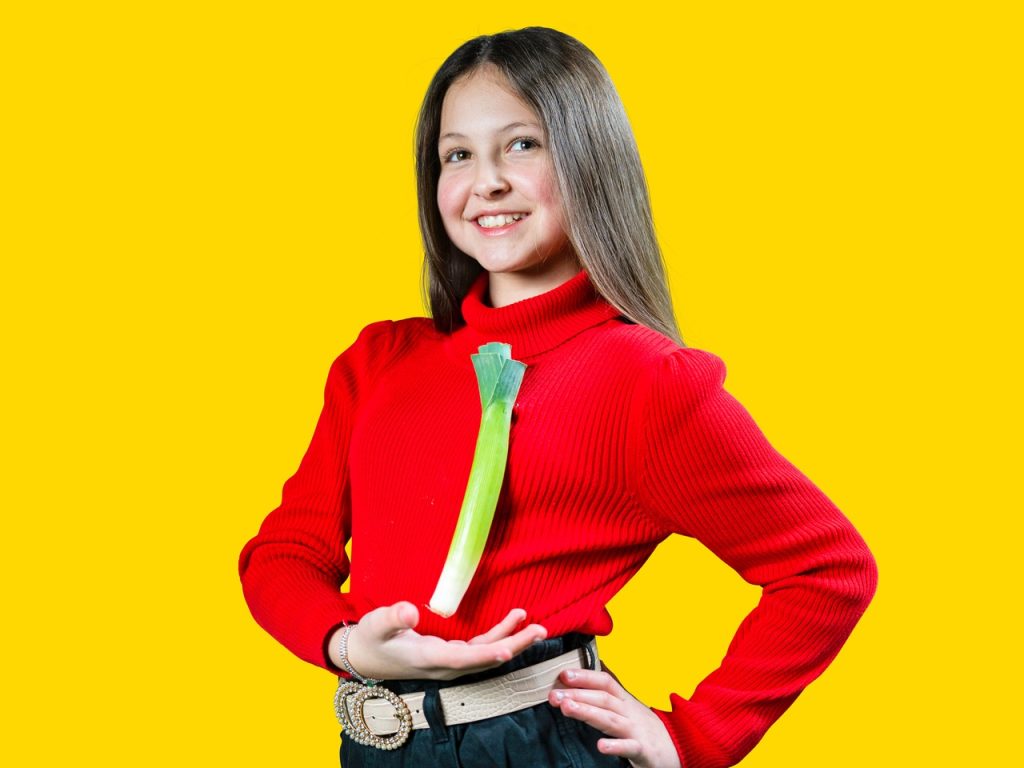
Where to see: in springtime, you’ll see daffodils on every grass verge and garden around Wales but for a truly memorable experience we recommend seeing them in their natural environment. Old Park Meadow at Bodnant Garden in the Conwy Valley positively glows in the spring as daffodils carpet the ground as far as the eye can see. Visitors are invited to wander among the flowers and soak up the sunny season!
Welsh cakes, ‘pice ar y maen’, and ‘bara brith’
Wales is a nation with a proud gastronomic heritage but we’re known for having a bit of a sweet tooth! It comes as no surprise, then, that two of our best-loved national delicacies are sweet treats: welsh cakes and bara brith.
Despite the name, Welsh cakes fall somewhere between a cake and a scone, and are traditionally cooked on a griddle or hot stone. Bara brith literally translates as ‘speckled bread’, and is a spiced fruit bread flavoured with tea.
Both are made from ingredients that lowly mining families would have readily available in the pantry – dried fruit, tea, lard, milk and eggs.
Today, Welsh cakes and bara brith make a perfect tea time treat and feature on many tea room menus across Wales. Like the Cornish pasty, they were the perfect calorific snack for hungry miners and just the right size for slipping into a pocket to eat later in the working day.

Where to try: a short walk from Colwyn Bay train station brings you to the newly-renovated promenade. Millions of pounds has been spent regenerating the beachfront from Old Colwyn to Penrhyn Bay and it looks fantastic. Bryn Williams at Porth Eirias Bistro is a beachfront restaurant serving delicious seafood and locally sourced dishes. It is also well-known for its tasty Welsh cakes and locally ground coffee, so if you fancy a brew with a view we can heartily recommend it!
Eisteddfod
Wales is also a nation of artists: poetry, storytelling, music making and theatrics among others. The arts are, quite simply, part of our DNA!
Some of the world’s greatest performers come from Wales: Catatonia, Stereophonics, Dame Shirley Bassey, Manic Street Preachers, and of course, Tom Jones. Not to mention Hollywood A-listers like Luke Evans, Catherine Zeta Jones, Ioan Gruffydd and Iwan Rheon.
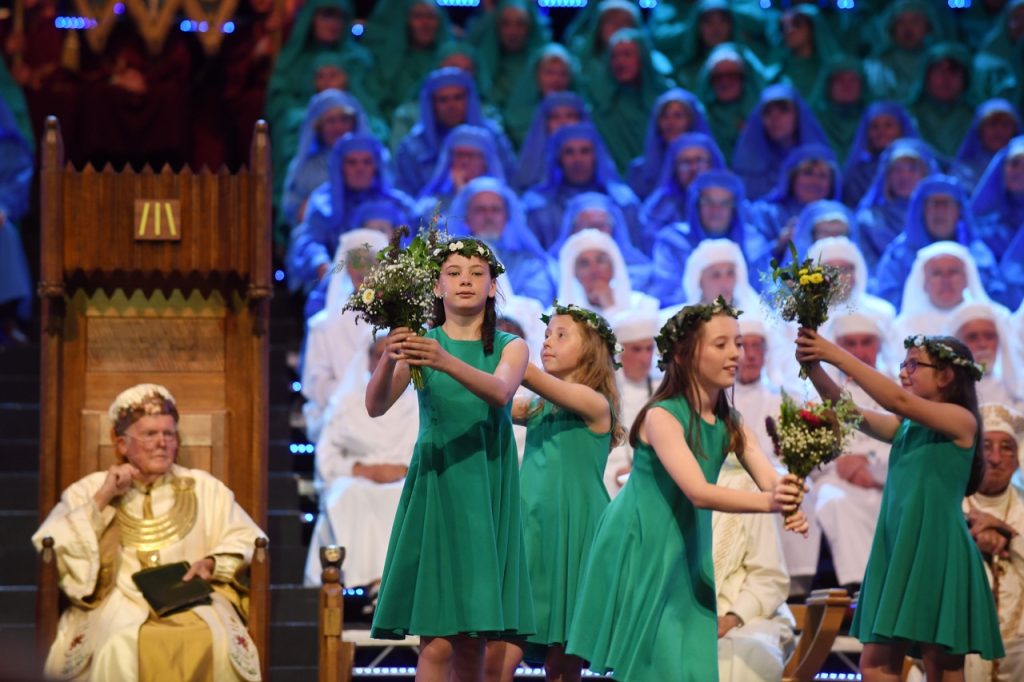
We celebrate our love of the arts with eisteddfods – festivals of poetry, literature and performance with a Welsh flavour. This is no new fad either. The first eisteddfod took place in the 12th century when Rhys ap Gruffydd held a meeting of Welsh artists at his court in Ceredigion.
We have several types of eisteddfods, ranging from those dedicated to young people (the Urdd Eistedffod) to those that invite participants on a global scale (held annually in Llangollen). The most famous is the National Eisteddfod of Wales, held every August. It is the biggest competitive music and poetry festival in Europe.
Join in: each year, the National Eisteddfod moves to a new location, one year in North Wales and the following in South Wales. This year, it’s the turn of South Wales to host this amazing cultural festival but in 2025 the National Eisteddfod will be hosted nearby by the city of Wrexham.
In conclusion, the culture and traditions of Wales are a tapestry of history, mythology, and art that resonate deeply within the hearts of the Welsh people. From the ancient practice of carving love spoons to the modern celebration of Eisteddfodau, each tradition tells a story of a people deeply connected to their land and their heritage. As we continue to celebrate these traditions, we not only pay homage to St David and the myriad influences that have shaped our nation but also reinforce the bonds that unite us as Welsh.
